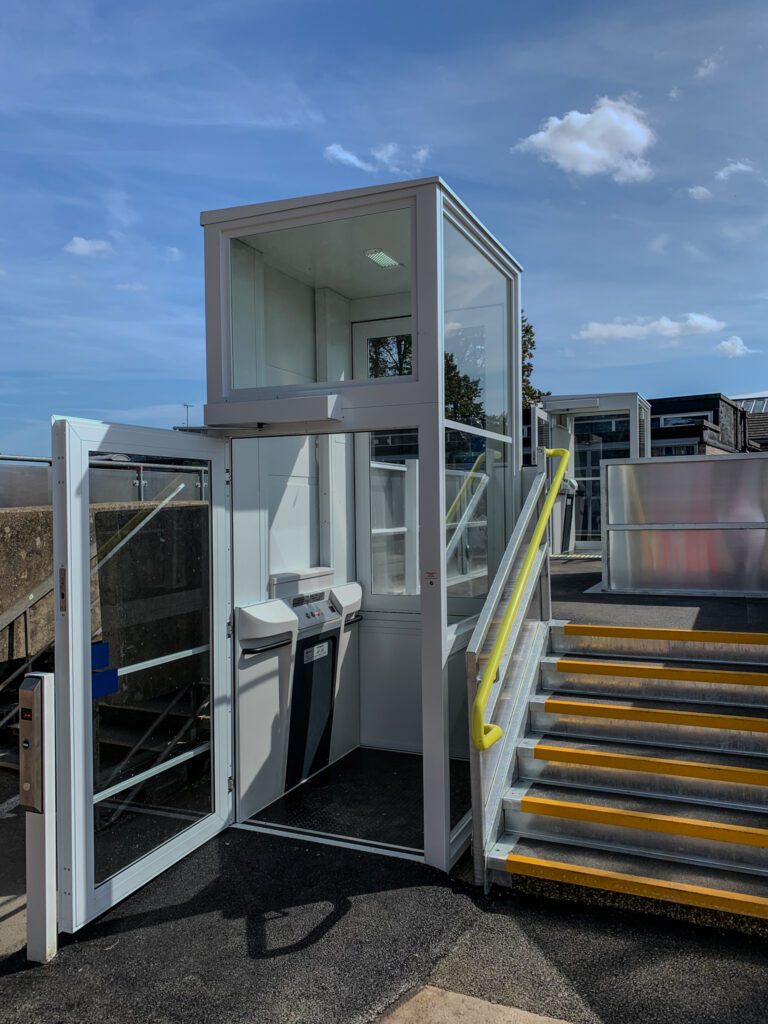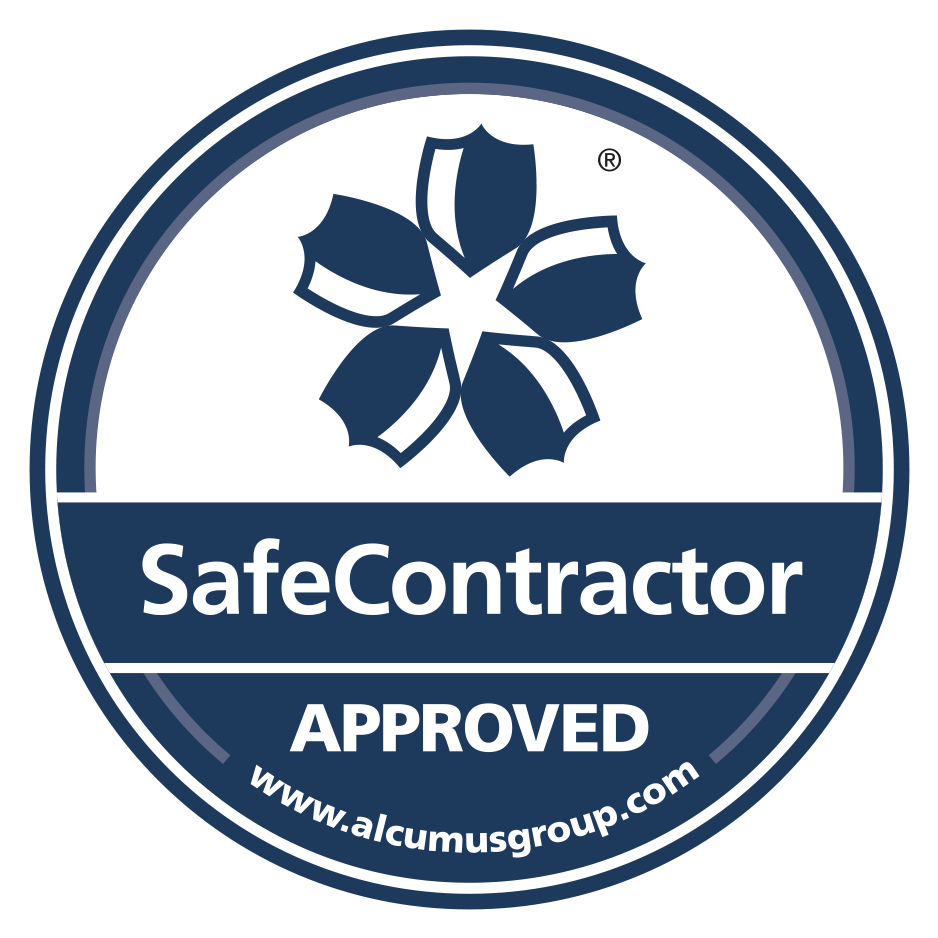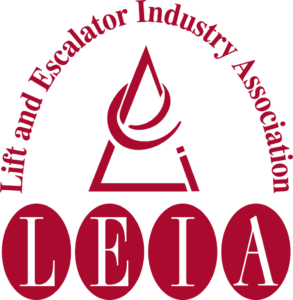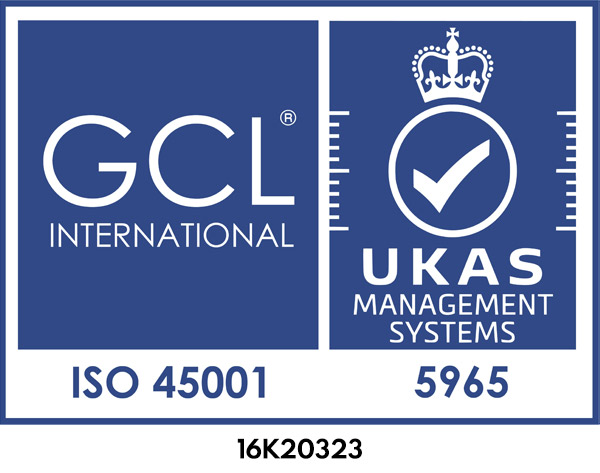Workplace accessibility, defined as the measure taken to make the workplace more accessible, is about creating an environment where all employees, including those with disabilities, have equal access to facilities and tools. This commitment meets legal standards and promotes a culture of inclusivity. A key player in facilitating physical workplace accessibility is Alliance Platform Lifts, offering innovative solutions to ensure every workplace area is accessible to everyone, thereby supporting businesses in their efforts to create a more inclusive work environment.
The Importance of Accessibility in the Workplace
Understanding why accessibility is important in the workplace unveils it as a cornerstone for fostering an inclusive and productive work environment. It’s not just about meeting legal requirements; it’s a strategic move towards building a diverse and motivated workforce. Accessible workplaces offer barrier-free access for individuals with disabilities, enhancing employee morale, reducing turnover, and expanding the talent pool. Implementing practical solutions like disabled access lifts is a step forward in making workspaces more welcoming and efficient, benefiting both employees and the organisation
Assessing Workplace Accessibility
To enhance accessibility, it’s crucial first to assess the current state of your workplace. This process involves several key steps, guided by the principle of “how to improve accessibility in the workplace.”
Step 1: Conduct an Accessibility Audit
Begin by conducting a comprehensive audit of your physical and digital environments. This audit should identify barriers that might prevent people with disabilities from fully participating in the workplace. Consider engaging a professional accessibility consultant to guarantee a thorough evaluation.
Step 2: Survey Employee Experiences
Gathering input from employees with disabilities is invaluable. Use surveys or interviews to understand their experiences, challenges, and suggestions for improvement. This direct feedback will highlight specific areas needing attention.
Step 3: Review Policies and Procedures
Assess your company’s policies and procedures to make sure they support accessibility. This includes everything from recruitment practices to emergency evacuation plans.
Step 4: Develop an Action Plan
Develop a detailed action plan based on the audit findings and employee feedback. This plan should prioritise issues based on impact and feasibility and set clear timelines for implementation.
Practical Steps to Improve Accessibility
Focus on key physical and digital adjustments to enhance workplace accessibility and answer how you can make your workplace more accessible. For physical access, installing disabled access lifts ensures all employees can navigate between floors without barriers. Alliance Platform Lifts provides customisable options to meet your specific requirements.
Making Ongoing Adjustments
Ensuring workplace accessibility is an ongoing process that requires continuous improvement and adaptation. It is crucial to create feedback loops with employees who have disabilities. Ask for their input on existing accommodations and potential areas for improvement regularly. Conduct accessibility audits periodically to identify new barriers as technology and workplace practices evolve. Remember, making your workplace more accessible is a dynamic process that benefits from proactive and responsive actions.
Conclusion
The process towards creating an accessible workplace is both a moral imperative and a strategic advantage, enhancing inclusivity and unlocking the potential of every employee. “How to improve accessibility in the workplace” is a question and a call to action for continuous growth and adaptation. By assessing, adapting, and embracing accessibility, organisations can foster a culture of inclusivity that benefits all. Let’s commit to making our workplaces accessible and welcoming for everyone.








